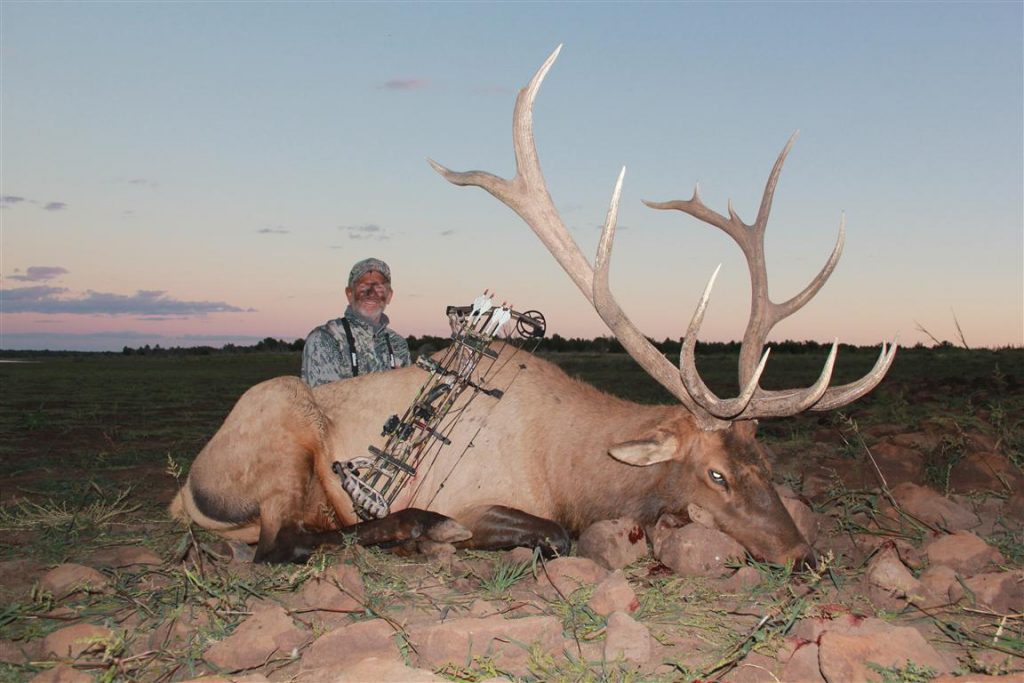
The Point Game—Bonus and Preference Points for Western Hunting Opportunities
Nothing confuses hunters more than the various states’ point systems for issuing hunting tags. The first thing you need to know is that a tag is not a hunting license. A general hunting license is required to go hunting for anything, and all hunters must have one. A tag is issued for hunting a specific species and often for a specific time period, for example, a cow elk tag in Unit ABC of State XYZ valid only for taking with muzzleloader from September 9-18.
Now that that’s out of the way, back to points. The point system came about when the number of sportsmen who wanted to hunt a particular species far exceeded the number of available tags. The only fair way to distribute the available tags was to throw everyone’s name into a hat and draw.
At first blush, this sounds very fair and equitable. However, you should understand that states do favor their own residents, with significantly higher numbers of available tags going to resident hunters and charging non-resident (out-of-state) hunters more money for hunting licenses and tags than they do for their resident hunters. Also, know that many tags are issued each year for special hunts, like youth-only hunts, which are important, but these do subtract permits from the overall pool.
Bonus or Preference Points—What’s the Difference?
There are two basic types of points, bonus points and preference points.
In states that use a bonus point system, every hunter is assigned a random number by the state’s computer system. Say a specific hunt has 100 tags available. In that case, the 100 lowest random numbers generated by the computer will be issued tags—and the one advantage to the bonus point system is that, technically, a person applying for the first time could draw a tag.
A bonus point is, in effect, an extra random number for each year the applicant has been unsuccessful in the draw. Thus, the more bonus points you have, the more chances you have of being drawn.
Some states have also implemented what they term a “max bonus point pool,” which means a few tags are set aside for those with the maximum number of bonus points one can accrue. If you reach this level, you’ll eventually be guaranteed a tag.
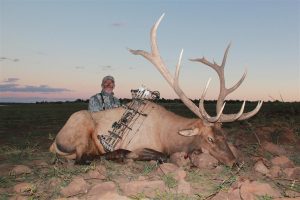
The author drew a coveted limited-entry Arizona elk tag during the rut and capitalized on the chance with this old monarch that gross-scored 361 Pope & Young points.
The preference point system reserves all tags for those applicants with the most accrued points. The downside to this is, obviously, is that you won’t draw until you accrue enough points to be in the game—but if you stick with it long enough, you will eventually draw. Also, there are usually some units within a state that are not as popular as others, and, thus, the demand not nearly as high. In that case, it’s possible to draw a tag with fewer points. I put this to my own use in my home state of Arizona, drawing archery elk tags with a handful of points in units that don’t have the reputation of producing gagger bulls but still offer excellent hunting. At least I got to go hunting, and one year I did arrow a bull that scored 361 gross inches.
If you’re in a hurry, many states allow you to simply purchase a point each year, rather than actually applying for the hunt. This is a great option when the draw odds are extremely low, and saves you from having to put the tag money up front for several months before the state refunds it to you when you do not draw.
Some states, notably Idaho and New Mexico, do not have any type of point system. There, every applicant has an equal opportunity of drawing, the odds being based solely on the number of applicants and the amount of available permits.
Western States Tag Draw Overview
The summary below is not complete, nor should it be used in place of each state’s published regulations, which can be found both online and in printed versions. Dates and requirements can and do change. Use it only as a guide to begin your planning process.
State Application Due Dates How to Apply Points Program:
| State | Application Due Dates | How to Apply | Points Program |
| Arizona | Early April (elk, pronghorn); early June (deer, sheep) | www.azgfd.gov; 602-942-3000 |
Bonus |
| Colorado | Early April | www.cdw.state.co.us; 303-297-1192 |
Preference/Bonus |
| Idaho | Late April (sheep, moose, mountain goat); early June (deer, elk, pronghorn) | www.idfg.idaho.gov | None |
| Kansas | Late April | www.kdwpt.state.ks.us | Preference |
| Montana | Mid-March (deer, elk); early May (sheep, moose, mountain goar); early June (pronghorn) | www.fwp.mt.gov | Preference/Bonus |
| Nevada | Mid-April | www.ndow.org | Bonus |
| New Mexico | Late March | www.wildlife.state.nm.us | None |
| Oregon | Mid-May (deer, elk, pronghorn) | www.dfw.state.or.us | Preference |
| Texas | Early December | www.tpwd.state.tx.us | Bonus |
| Utah | Early March | www.wildlife.utah.gov | Preference/Bonus |
| Washington | Mid-May | www.wdfw.wa.gov | Bonus |
| Wyoming | February 1 (elk); late-February (moose, sheep, mountain goat); late May (pronghorn, deer) | wgfd.wyo.gov | Preference |
*-*-*-*-*-
Bob Robb is one of the most well-respected voices in outdoor media, with more than 40 years of columns and essays in print recounting his exploits in the field. A renowned archery expert, Robb has hunted on five continents and also lived 15 years in Alaska, where he held an assistant hunting guide’s license. His work has appeared in titles small and large, from American Hunter and American Rifleman to Whitetail Journal, Field & Stream, Petersen’s Hunting, Deer & Deer Hunting, and many others. He recently retired as Editorial Director from Grand View Media Group, where he oversaw the content for eight publications, including Bowhunting World, Predator Xtreme and Waterfowl & Retriever. Still, retirement is rather an ugly word to Robb, and so he continues to contribute to a variety of publications, just as he continues to hunt around the world.
 Turkeys make a tough target. They are difficult to see and even harder to harvest. The head and neck are the only vital areas that ensure a fast, clean hunt, but this will only happen if your shotgun throws a tight, dense shot pattern.
The best shotgun choice for turkeys is a 12-gauge magnum, though the 10 gauge is gaining some ground among turkey hunters. The best shot sizes are No. 2, 4, 5, or 6. The best shotgun chokes are Full, Extra Full, and Super Full.
Turkeys make a tough target. They are difficult to see and even harder to harvest. The head and neck are the only vital areas that ensure a fast, clean hunt, but this will only happen if your shotgun throws a tight, dense shot pattern.
The best shotgun choice for turkeys is a 12-gauge magnum, though the 10 gauge is gaining some ground among turkey hunters. The best shot sizes are No. 2, 4, 5, or 6. The best shotgun chokes are Full, Extra Full, and Super Full.
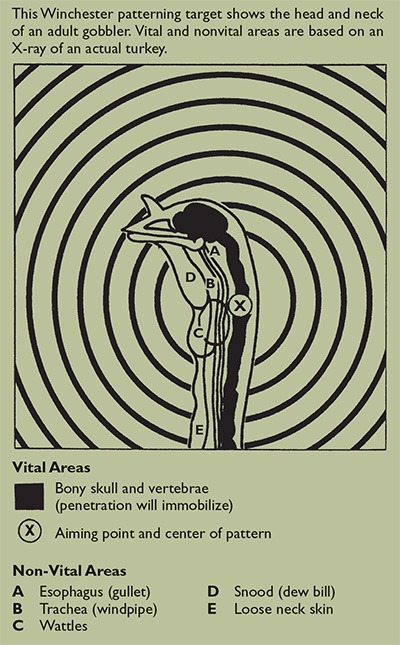
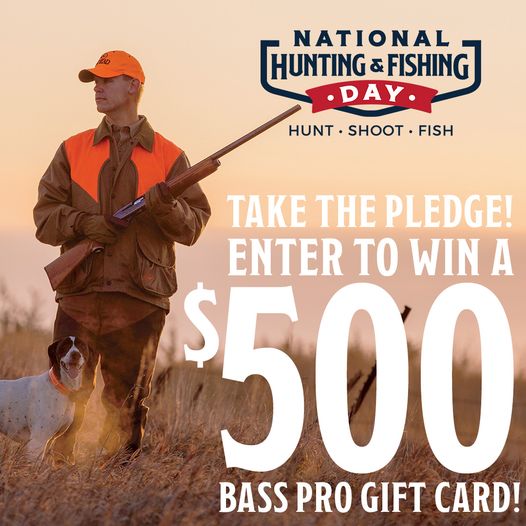
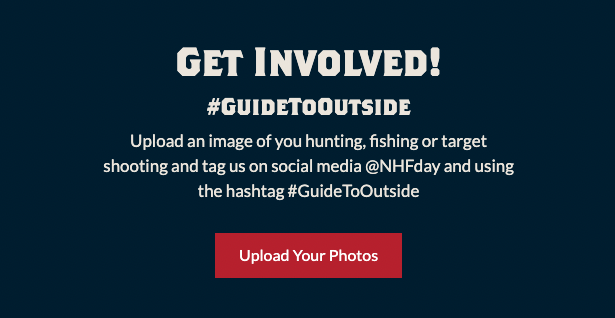
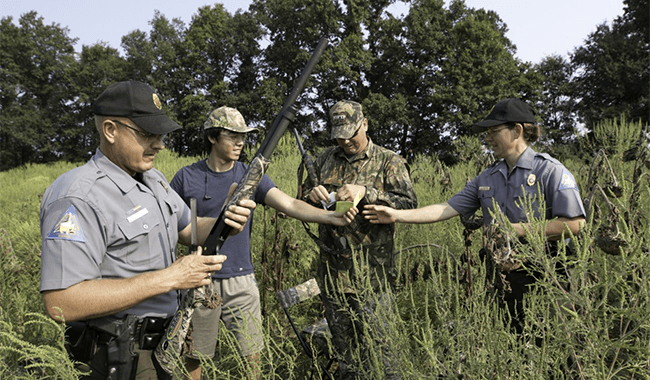 1. Public Lands and Wildlife Management Areas: One of the best and most accessible options for hunting collared doves ethically is on public lands and wildlife management areas. These areas are often managed by state or federal agencies, and hunting regulations are strictly enforced to ensure sustainable practices.
1. Public Lands and Wildlife Management Areas: One of the best and most accessible options for hunting collared doves ethically is on public lands and wildlife management areas. These areas are often managed by state or federal agencies, and hunting regulations are strictly enforced to ensure sustainable practices.